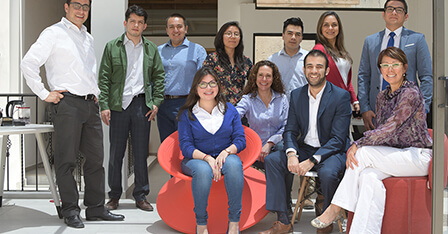If it was possible to tell people in 2019 what’s going to happen in 2020 and 2021, they may think you are crazy. A lot of people have been locked away with little to do, leading to a supply and demand crisis around the world. Our dedicated development team make some research to know what is better to keep money in the bank or invest in cryptocurrency.
To resolve the issue, governments in many countries started printing money and providing stimulus packages for people and businesses. National banks lowered base rates as one of the incentives for the economy, so banks lowered interest rates on savings accounts as well. For example, the average interest rate on UK savings accounts dropped from 1.39% in 2019 to 0.64% in 2020 and 0.35% in 2021.
At the same time, the cryptocurrency market has seen an aggressive bull run. The BTC price has experienced a surge from $5,000-6,000 in March 2020 to $65,000 in November 2021. Additionally, the decentralized finance (DeFi) sector of the crypto industry has more than tenfold for the same period of time, becoming one of the main drivers of the crypto boom in 2020-2021.
Savings accounts in banks
Comparing savings accounts and cryptocurrencies always come down to risk/reward tolerance. Interest rates for savings accounts differ from country to country and from bank to bank. But looking at developed countries, you’ll see that banks usually provide very low rewards or don’t provide any reward at all if you put inflation into the equation.
Let’s take the U.S. as an example. Recently, the U.S. inflation rate soared to 7% but U.S. banks offer 0.01-0.6% interest rate for savings accounts. It means if you have $1,000 in a savings account that pays a 0.5% interest rate, you will have $1,005 after a year. But with a 7% inflation rate, you would need $1,070 to have the same buying power as you started with. Yes, you gained $5 with a savings account but you lost buying power.
As you can see, the interest rates offered by savings accounts can be shockingly bad, but bank accounts have a huge advantage — the protection of users’ funds. If you have a savings account, banks promise to pay you back with interest. But if they do not keep their promise, for example, because of bankruptcy, then governments usually have special funds that can compensate earnings partly or in full.
Common investing in crypto
One of the most popular reasons to invest in cryptocurrency is the desire to have a reliable, long-term store of value. Unlike fiat money, a lot of cryptocurrencies, for example, bitcoin and litecoin, have a limited supply capped by algorithms. It means some crypto have a deflationary nature, so it can be used as a hedge against inflation.
Moreover, it is impossible for a government body to confiscate tokens without the cooperation of the owner since only the owner may have access to these tokens. Such censorship-resistant properties look attractive for people who are worried about hyperinflation or bank failures.
Crypto staking and savings
If you want to find some hybrid solution between a savings account and investing in crypto, then the crypto market already has it — staking. Staking lets you earn a small extra amount of “stake-able” crypto on top of your current holdings. Usually, the annual staking reward hovers in the 5%–10% range but it doesn’t mean that you are guaranteed to receive the same value as for initial holdings.
Let’s say you stake 10 Polkadot with 10% APY. It means your staking reward will be approximately 1 DOT after a year (depends on staking reward distribution periods). If the DOT price increases during this time, you will profit from both the holdings and the reward.
Another option is to use a crypto savings account that looks similar to staking for investors but it has a different technical basis. With a crypto savings account, it is possible to receive a reward for crypto that is not available for staking, for example, bitcoin. Such options have the same pros and cons as staking in terms of return. But if you want to remove the volatility factor, you get Binance USD or any other stablecoin and use it for crypto savings. For example, users can earn 3% APY with stablecoins on cex.io prices pages, getting the best from two worlds.








